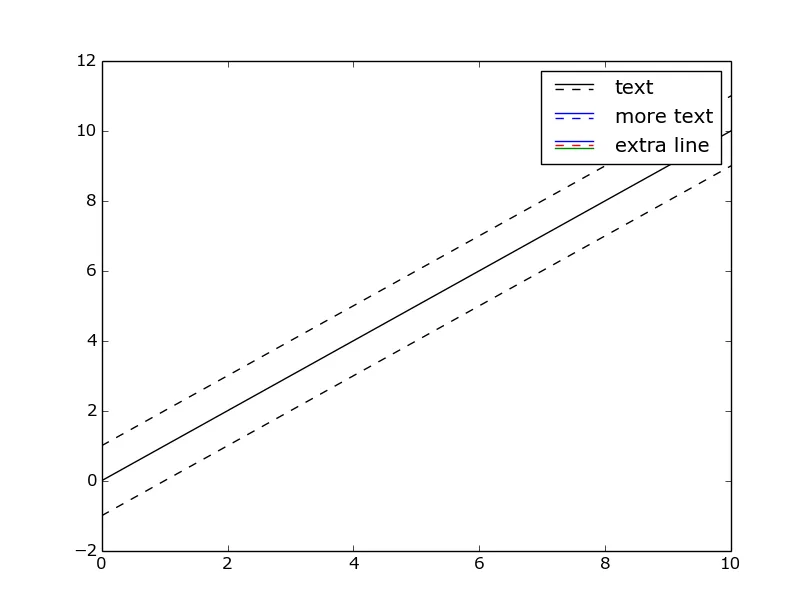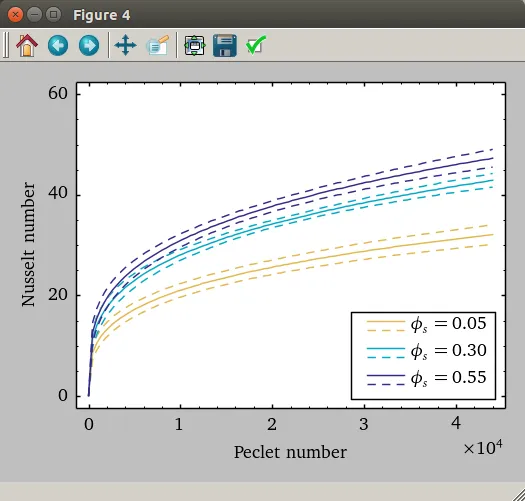我根据HandlerLineCollection类创建了一个自定义图例处理程序。它会计算出集合中有多少条线,并将它们垂直地分散开来。
示例图片:

这是处理程序的代码:
from matplotlib.legend_handler import HandlerLineCollection
from matplotlib.collections import LineCollection
from matplotlib.lines import Line2D
class HandlerDashedLines(HandlerLineCollection):
"""
Custom Handler for LineCollection instances.
"""
def create_artists(self, legend, orig_handle,
xdescent, ydescent, width, height, fontsize, trans):
numlines = len(orig_handle.get_segments())
xdata, xdata_marker = self.get_xdata(legend, xdescent, ydescent,
width, height, fontsize)
leglines = []
ydata = ((height) / (numlines + 1)) * np.ones(xdata.shape, float)
for i in range(numlines):
legline = Line2D(xdata, ydata * (numlines - i) - ydescent)
self.update_prop(legline, orig_handle, legend)
try:
color = orig_handle.get_colors()[i]
except IndexError:
color = orig_handle.get_colors()[0]
try:
dashes = orig_handle.get_dashes()[i]
except IndexError:
dashes = orig_handle.get_dashes()[0]
try:
lw = orig_handle.get_linewidths()[i]
except IndexError:
lw = orig_handle.get_linewidths()[0]
if dashes[0] != None:
legline.set_dashes(dashes[1])
legline.set_color(color)
legline.set_transform(trans)
legline.set_linewidth(lw)
leglines.append(legline)
return leglines
以下是使用它的示例:
line = [[(0, 0)]]
lc = LineCollection(2 * line, linestyles = ['solid', 'dashed'], colors = ['black', 'black'])
lc2 = LineCollection(2 * line, linestyles = ['solid', 'dashed'], colors = ['blue', 'blue'])
lc3 = LineCollection(3 * line, linestyles = ['solid', 'dashed', 'solid'], colors = ['blue', 'red', 'green'])
plt.legend([lc, lc2, lc3], ['text', 'more text', 'extra line'], handler_map = {type(lc) : HandlerDashedLines()}, handlelength = 2.5)
 我尝试过使用代理艺术家,但是似乎无法让两条相互偏移的线条出现在一个条目中。
我尝试过使用代理艺术家,但是似乎无法让两条相互偏移的线条出现在一个条目中。 这是处理程序的代码:
这是处理程序的代码: